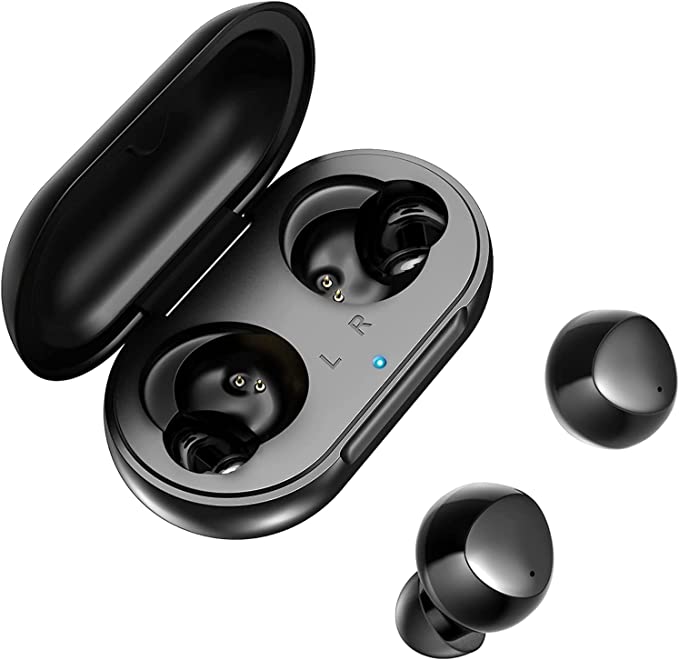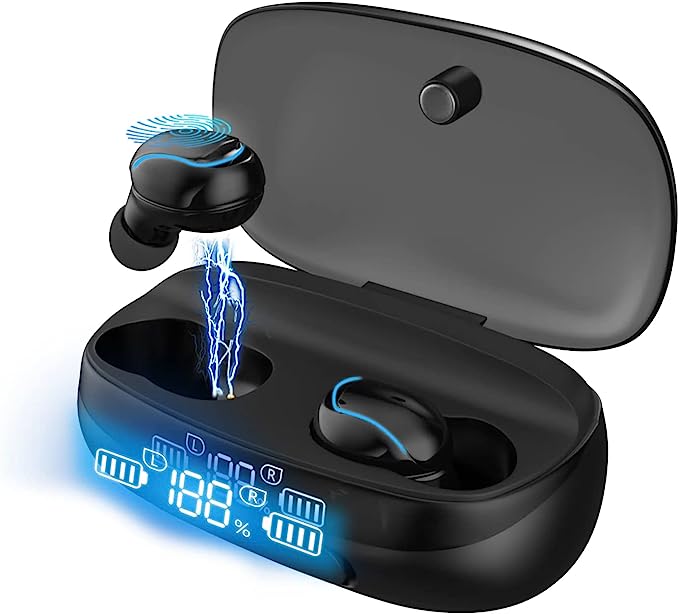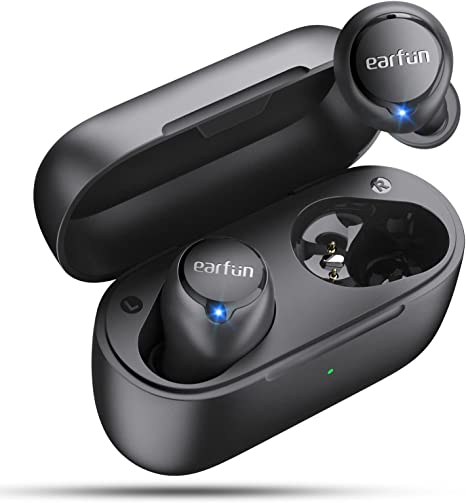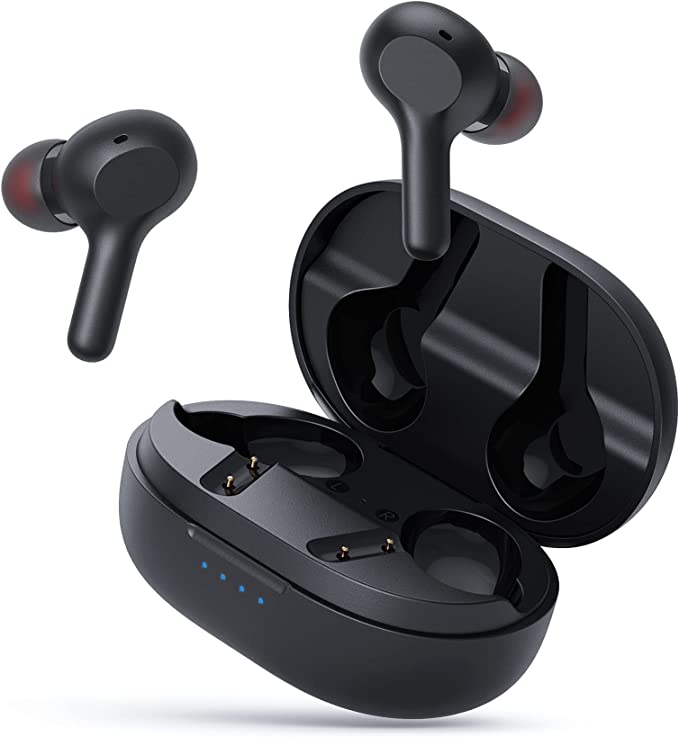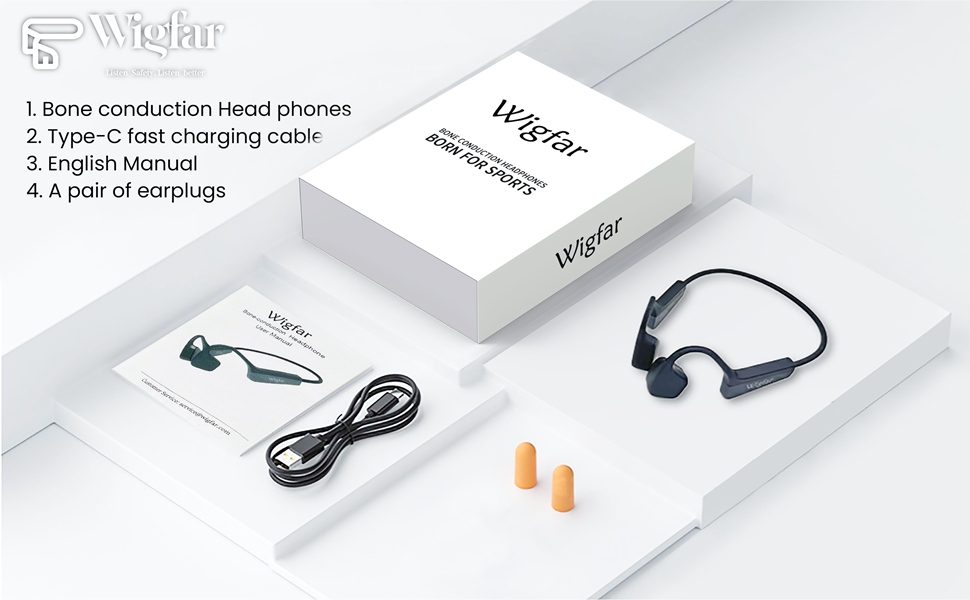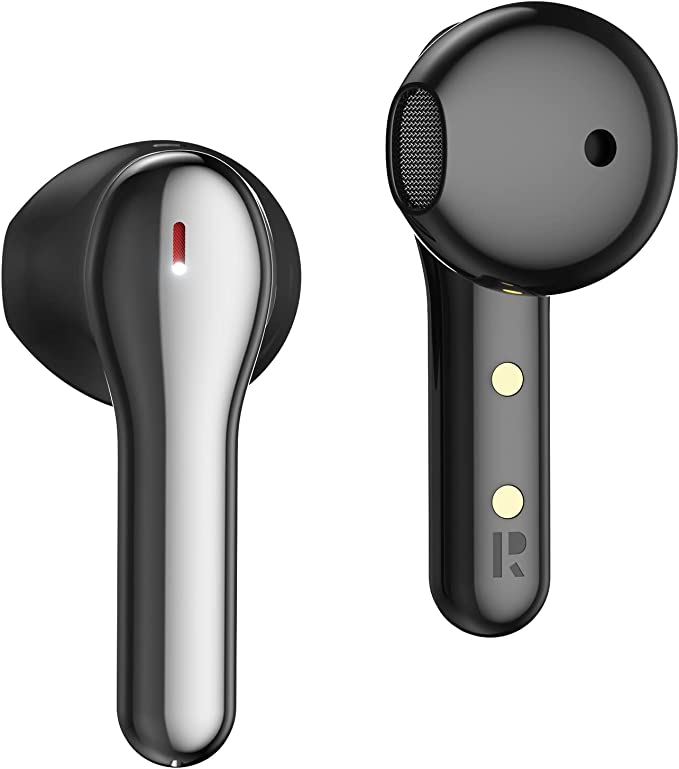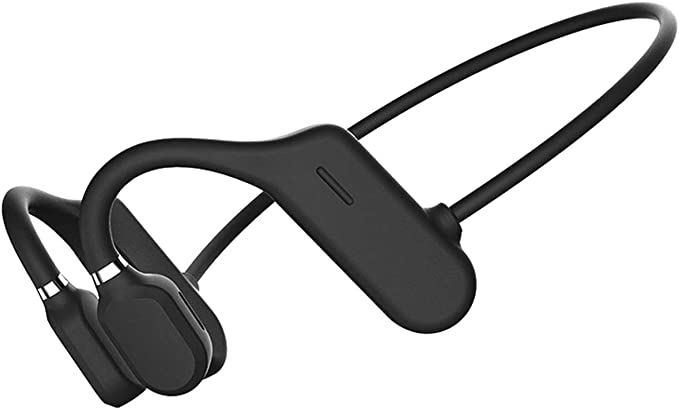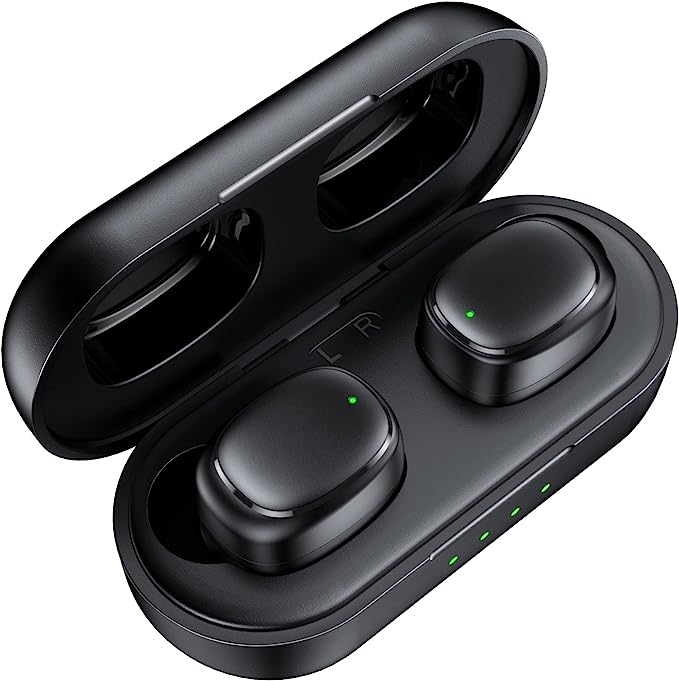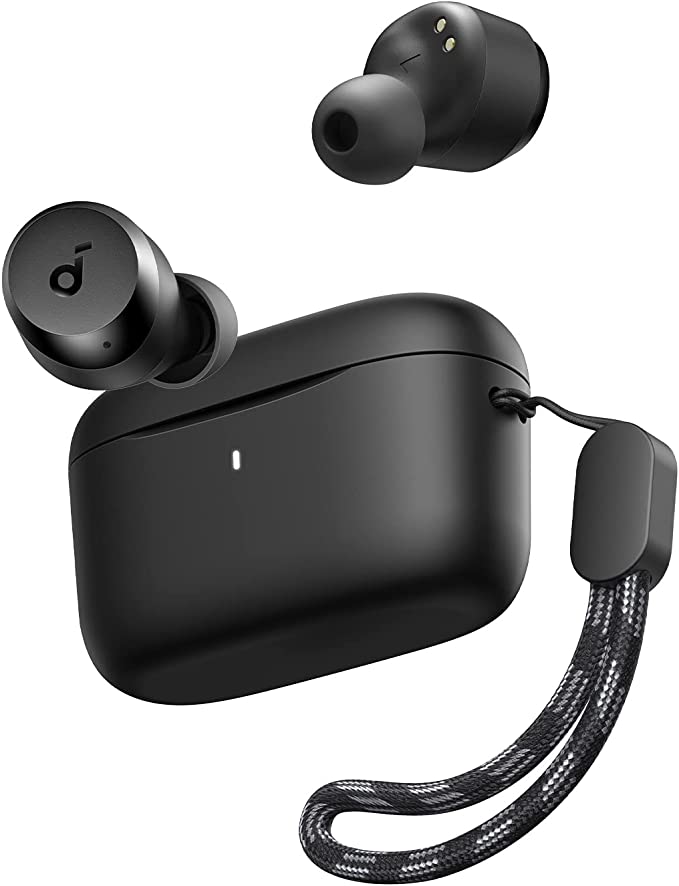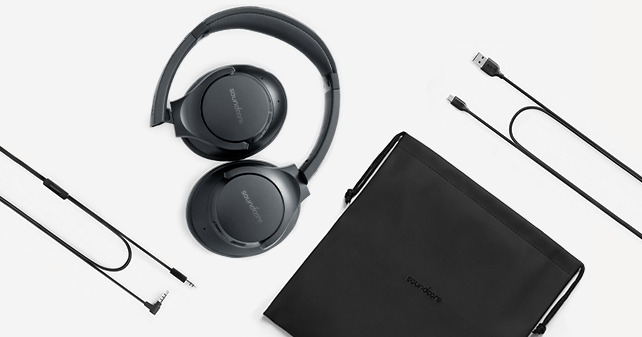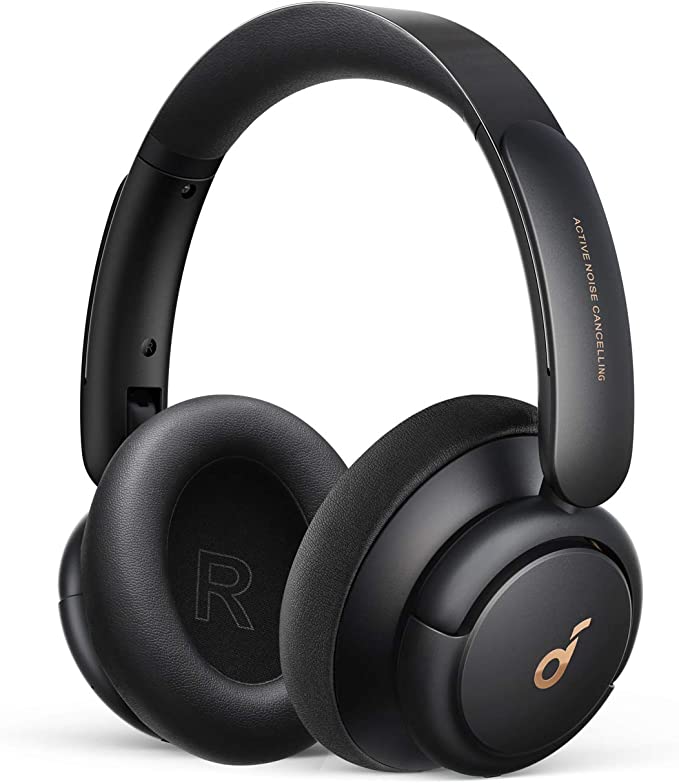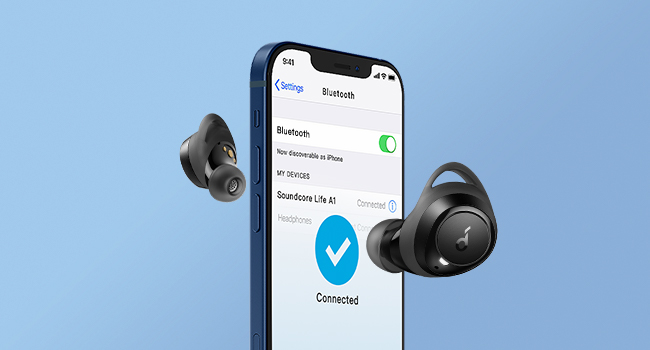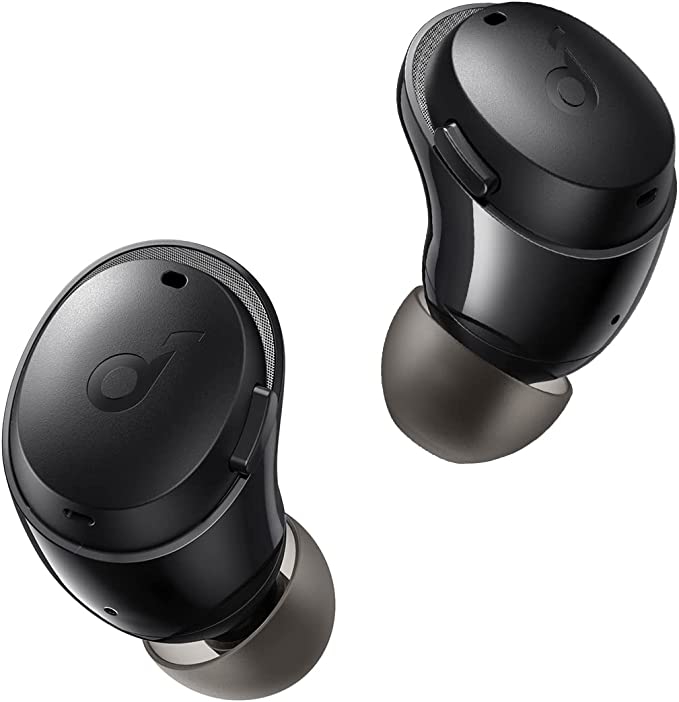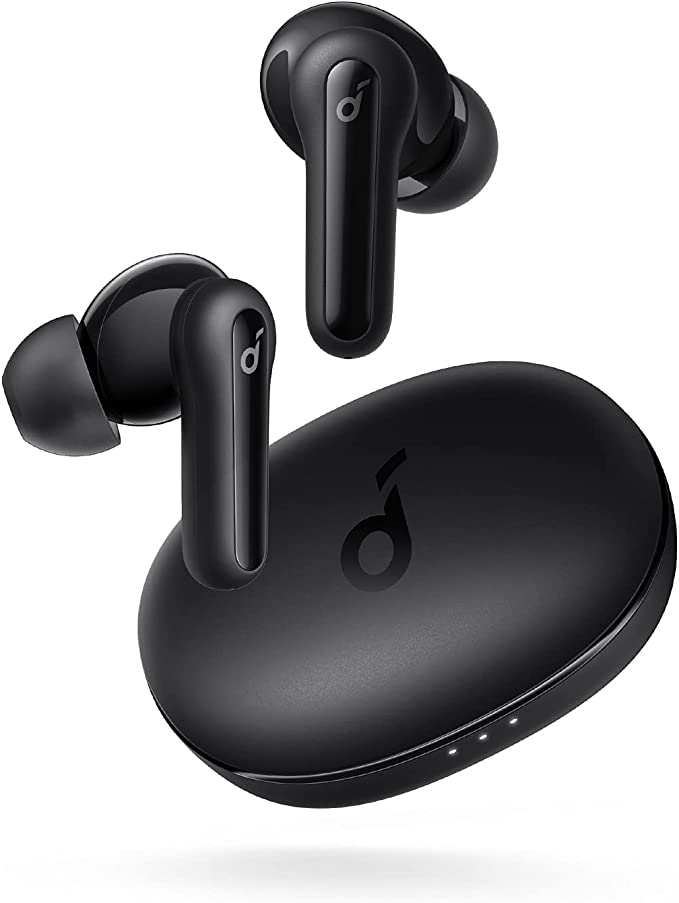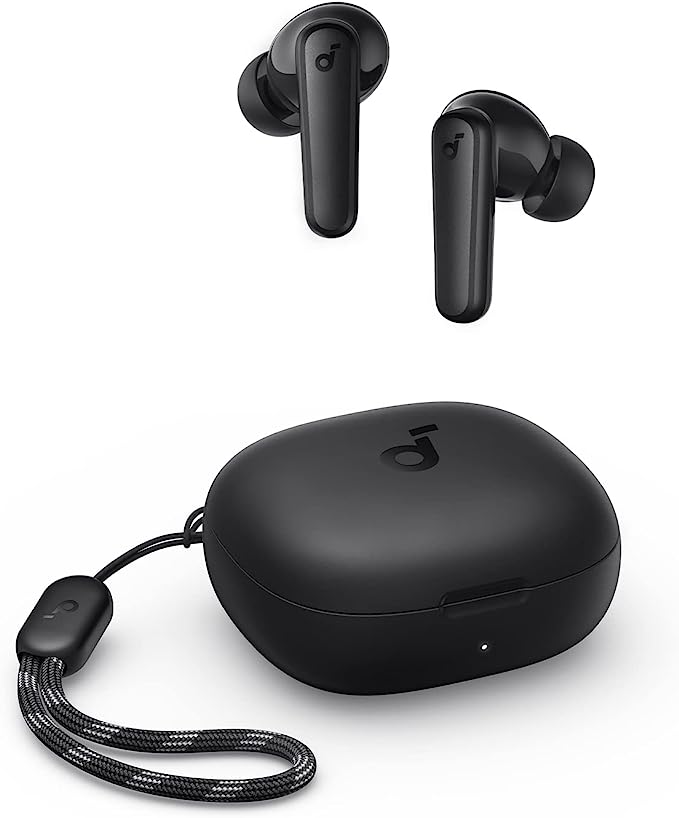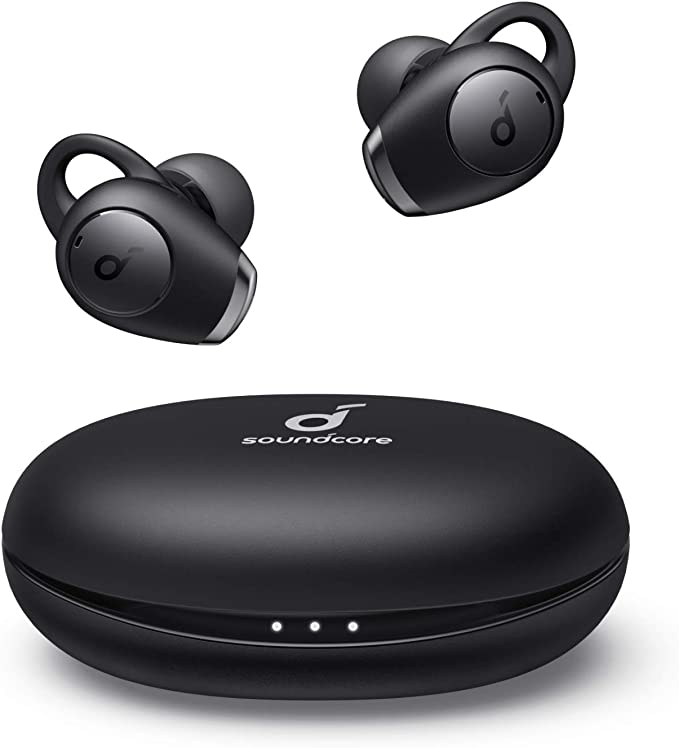Avantree Pebble Open-Ear Bluetooth 5.2 Wireless Earbuds: A Lightweight Design with Impressive Battery Life Makes Them Worth Recommending
Update on July 3, 2025, 11:01 a.m.
The Unsealed Symphony: Open-Ear Audio and the Quest for Aware Listening
When we put on headphones, what are we truly seeking? Is it an escape, a private sanctuary of sound sealed off from the noise of the world? Or is it an enhancement, a way to layer our own personal soundtrack onto the life unfolding around us? For decades, the trajectory of personal audio seemed to be a relentless march toward the former—a quest for perfect isolation. Yet, a quieter, more thoughtful counter-movement has been gaining momentum, one that champions connection over seclusion. This is the story of open-ear audio, a design philosophy embodied in devices like the Avantree Pebble, which asks us to reconsider the very purpose of listening.

The challenge is almost as old as electronic audio itself. Picture an early 20th-century aviator, buffeted by the deafening roar of a piston engine. They needed to hear the crackle of vital instructions from the control tower, but they also needed to hear the groans and shudders of their own aircraft, the subtle cues that could mean the difference between flight and failure. This high-stakes balancing act between communication and situational awareness was the crucible in which the need for a different kind of listening was forged.
For years, consumer audio took a different path. The advent of the Walkman in the 80s, with its lightweight, on-ear foam pads, offered a compromise. You could hear your music, but the world wasn’t entirely shut out. Then came the digital revolution and the rise of the in-ear monitor, epitomized by the ubiquitous white earbuds of the iPod era. The mission shifted to creating a perfect seal, a personal bubble of silence where the outside world ceased to exist. While magnificent for focused listening, this created a new kind of isolation. We became islands in the urban archipelago, deaf to the approaching cyclist, the friendly greeting of a neighbor, or the simple chirping of a bird. Now, the pendulum is swinging back, driven by a desire to reintegrate.

Sound That Doesn’t Isolate: A New Philosophy
This brings us to the core of open-ear audio. It’s crucial to understand that this is not the same as bone conduction technology, which bypasses the eardrum to send vibrations through the skull. Instead, devices like the Avantree Pebble use a clever form of directional air conduction. Think of it not as filling a room with sound, but as shining a tight, focused spotlight of sound directly into your ear canal. The surrounding area—the rest of the “room”—remains untouched, open to receive all the ambient sounds of your environment. You get a private performance, while still holding a ticket to the grander symphony of life around you.
This elegant solution, however, comes with a fundamental and fascinating scientific trade-off, one that user reviews often highlight with the comment: “the bass is not very strong.” This isn’t a flaw; it’s a law of physics. Bass frequencies are produced by long, slow, powerful sound waves. To be perceived with visceral impact, these waves need to be contained within a sealed volume of air—like the space created by an in-ear bud or a large over-ear cup—where they can build up pressure against the eardrum. An open design, by its very nature, has no such container. The bass waves are free to dissipate into the open air. The result is a crisp, clear sound profile that excels in vocals and mid-tones, but intentionally sacrifices the deep, resonant thump of a closed system. It’s a deliberate choice, prioritizing environmental clarity over a powerful low-end.

The Unseen Engine of All-Day Awareness
An acoustic design that encourages all-day use is only practical if the battery can keep up. The Pebble’s impressive 10-hour continuous playtime, extending to 35 hours with its charging case, isn’t just the result of packing in a larger battery. The true hero is an invisible force: the advanced power management protocols within the Bluetooth 5.2 standard.
Specifically, its Low Energy (LE) Audio capabilities act like a hyper-efficient engine. It allows the earbuds to maintain a stable, high-quality connection while sipping, rather than gulping, power. This technological leap is what transforms open-ear audio from a niche product for a short jog into a viable all-day companion. It ensures the technology is not just clever in principle, but dependable in practice, ready for a full workday of calls, a long afternoon walk, and the podcast that winds you down in the evening, all without reaching for a charger. It’s the endurance that makes awareness sustainable.

The Reassuring Certainty of a Click
In an era of seamless glass screens and invisible touch controls, the Avantree Pebble makes another deliberate, almost nostalgic choice: physical buttons. From a human-computer interaction perspective, this is a masterstroke of user-centric design. When you’re running, cycling, or simply have your hands full, your brain is already managing a high cognitive load. Attempting to execute a precise double-tap or a swipe on a tiny, non-tactile surface adds to this load and is prone to error.
A physical button offers something profoundly reassuring: tactile feedback. The finger feels the button’s edge, the press, and the satisfying click of actuation. This process requires almost no conscious thought and builds muscle memory quickly. It’s a design choice that understands that the most advanced interface is sometimes the one that demands the least of our attention, freeing our minds to focus on the world, not the device controlling our access to it. It’s a small detail that speaks volumes about designing for humans in motion.

Living in the Unsealed Symphony
When these engineering choices—directional acoustics, power efficiency, and tactile controls—converge, they create an experience that users describe as so comfortable and unobtrusive that they “sometimes forget that they are on.” This is the ultimate goal of ergonomic design: to make the technology disappear, leaving only the benefit.
It enables the cyclist to hear the traffic she is merging with. It allows the home-based professional to stay in a meeting while still hearing the courier at the door. It lets the hiker feel the crunch of leaves underfoot and the cry of a distant hawk, without sacrificing their favorite audiobook. It transforms a pair of headphones from a tool of isolation into a tool of integration. In doing so, it subtly redefines personal audio as a form of augmented reality—one that adds a new layer to our world without obscuring it.

The journey of personal audio has been a fascinating exploration of our relationship with our environment. Devices like the Avantree Pebble suggest that the future of listening may not lie in creating ever more perfect digital escapes. Perhaps it lies in crafting smarter, more considerate technology that helps us hear the richness of our own world, and our chosen soundtrack, all at the same time.




